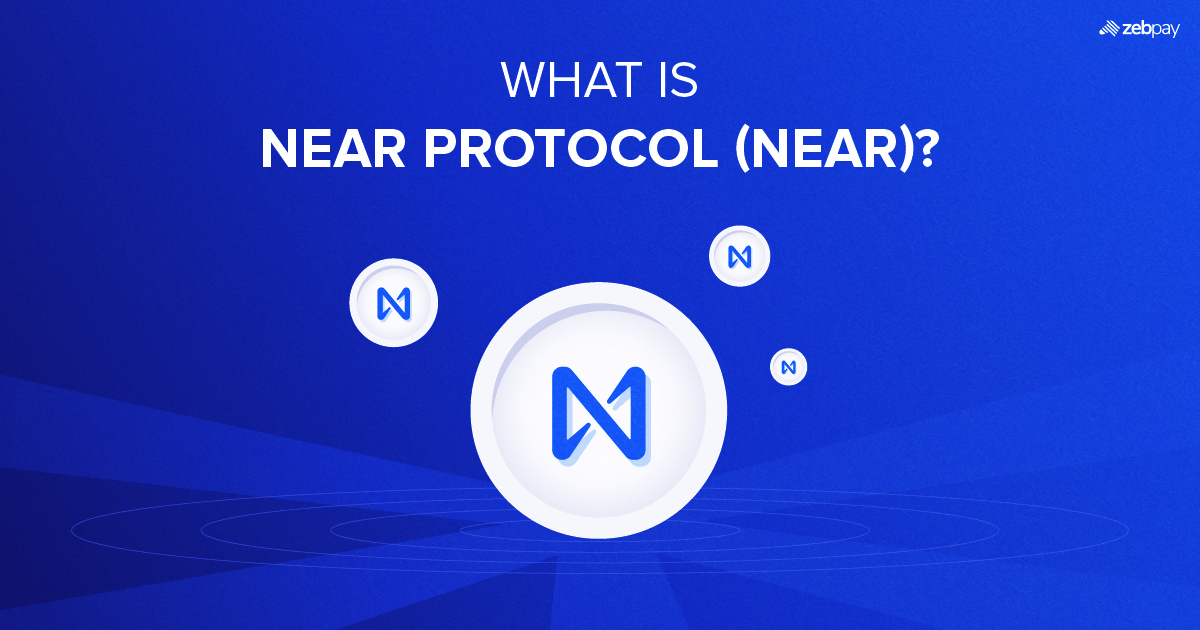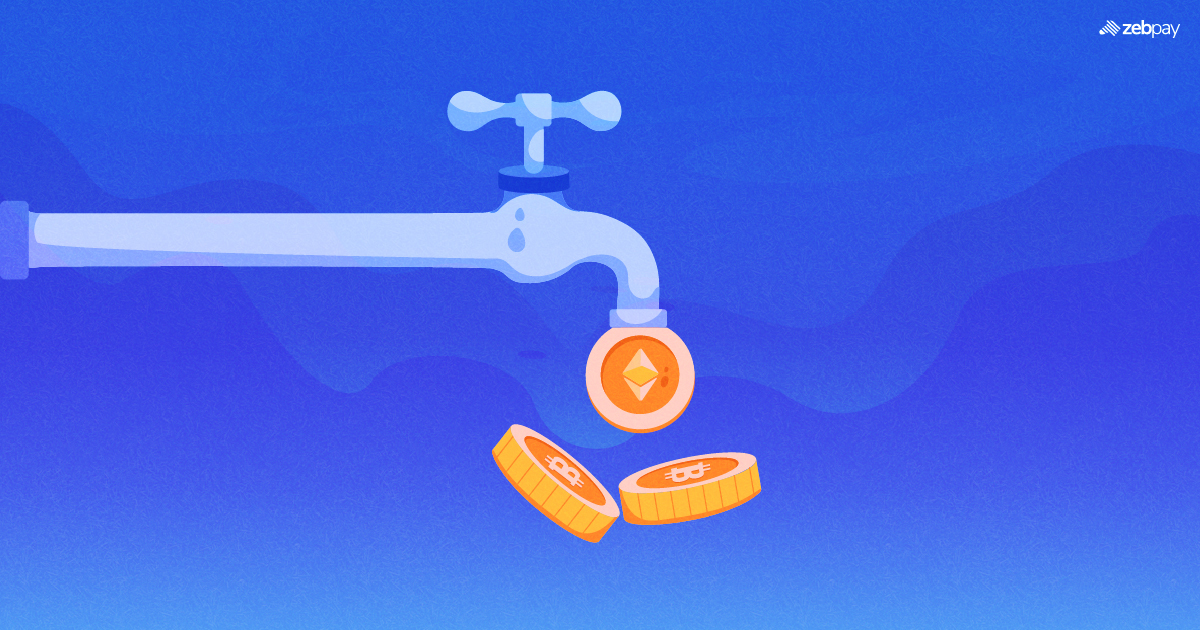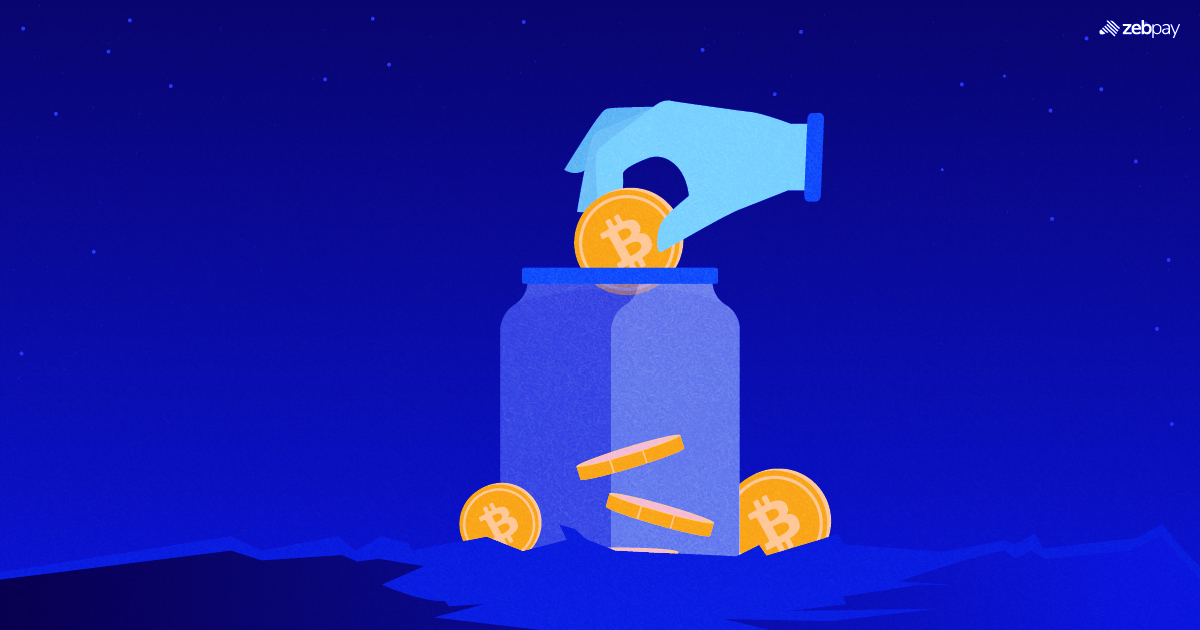The last decade has seen rapid technological innovations. From smart contracts to Blockchain to crypto-assets, all have emerged in the last decade. For instance, “smart contract” was a buzzword in 2011 in academic circles. But, within the last 10 years, the same technology is being used to do meaningful automated work. The crypto world thus enjoys the use of smart contracts.
This has further led to the growth of smart contract platforms in the crypto industry. Near Protocol is one such platform. Let’s understand what it is and how it works!
Let’s Begin With the Basics
The Near Protocol is a carbon-neutral blockchain. It enables the development of decentralised applications. Moreover, it aims to offer the foundation for a Creator Economy. It consists of NFTs, DAOs, and DeFi smart contracts interacting with each other. To achieve this, it aims to provide a robust infrastructure with intuitive developer tools and a strong community.
Read About: Future of cryptos – Multichain or Cross-Chain?
Also, Near uses sharding technology that divides a chain into sub-chains to process transactions faster. This enables the platform to scale transaction throughput. It also has a multi-chain ecosystem that supports many blockchains. For instance, Ethereum, Polkadot, and Cosmos. This allows the free exchange of assets and information between networks, allowing interoperability.
It offers developers a set of programming languages. Besides that, it offers smart contracts with cross-chain functionality for building decentralised applications. The platform also uses Proof-of-Stake (POS) consensus mechanism for securing the network. As such, it provides a high-speed, secure, cheap, and scalable environment for developers.
Read About: What Is Cryptocurrency Staking & How Does It Work?
The Genesis of Near Protocol
Illia Polosukhin and Alexander Skidanov co-founded Near.ai in early 2017. At the time it was a machine learning project. But over time it turned into a blockchain development platform. Near.ai aimed to explore program synthesis. It is a field of automated programs from a human specification. This is why they named the project after the science fiction novel, “The Singularity Is Near”.
In 2017, the research team came across programmable smart contract platforms. They then realised that contemporary blockchain technology would not meet their needs. Thus, Illia and Alex gathered a team of engineers and began developing Near Protocol in 2018.
The network was finally launched in April 2020. It became community-operated in September 2020. Then, in 2020, the network validators voted to unlock token transfers. Finally, in 2021, the Near Protocol established its Bridge to Ethereum (Rainbow bridge).
How does Near Protocol work?
Near Protocol has a sharding architecture. This helps it achieve scalability and reduce congestion on the network. Moreover, it has a carbon-neutral consensus mechanism that secures the network. Let us go over the key elements of the Near Protocol to answer, “Is Near Protocol a good investment?” The Near Protocol’s ecosystem consists of:
- Dynamic Re-Sharding: Sharding is a technique of partitioning a blockchain across nodes. It then distributes computing power across parallel sub-chains (shards) to perform transactions quicker. In the case of Dynamic Re-Sharding, the number of shards changes with user demand. This is cost-effective and allows the Near Protocol network to scale at any given moment.
- Nightshade: Most sharding techniques need the validator to download the entire state of each shard. This is inefficient as it requires a larger time frame. So, the Near Protocol uses a sharding approach called Nightshade. This approach modifies the typical sharding abstraction. Nightshade assumes that each shard works together to create a single block. It follows a leader-based system where it assigns a single validator to produce each block. The validator’s responsibility is to assemble the data chunks generated by each shard and combine them into a block.
- Doomslug: Doomslug is the block production technique used by the Near Protocol. It provides the network with some sense of practical finality after the first round. Practical finality is when a block is irreversible unless at least one of the participants is removed. After the second round, a finality gadget provides a Byzantine Fault Tolerance (BFT) finality. Doomslug enables the network to continue producing and finalising blocks as long as half of the validators are online and honest.
- Fees as Developer Rewards: The Near Protocol collects transaction fees from users on the network. Later, it allocates 30% of it to the contract that the transaction calls. Developers of the contract use these funds as they please. This is the incentivization model for early application development on the platform.
- Token-Based Storage: The NEAR token holders on the platform have the option of storing their data on the chain. One NEAR token gives you 10 KB of data on the account which can be used to store data.
The Near Token: A Snapshot
The native token of the Near Protocol is called the NEAR token. It is used as a medium of exchange and a unit of account for transactions on the network. Moreover, NEAR token holders can stake their tokens to get rewards for securing the network. Not just that, token holders also have the right to store some data on the network (10 KB per NEAR token).
Furthermore, the network charges a fee in terms of NEAR tokens to change the data stored via issuing transactions. Besides, the token is also used to pay rewards to developers as a way to incentivize early adoption.
Read About: What Is Blockchain Layers?
Knowing what you know now about the NEAR token, We are sure you are wondering, “How to buy near protocol?”
Final Thoughts
The Near Protocol is a carbon-neutral layer-one blockchain. It aims to provide a user-friendly platform for the development of decentralised applications. It aims to support a Creator Economy on its platform by enabling developers to create NFTs, DAOs, and DeFi. It uses a sharding technique called Nightshade. Additionally, it uses dynamic re-sharding.
Read About: What is DAO?
These two work together to reduce congestion on the network and scale efficiently. The native token of the platform is the NEAR token. The token is used to pay for transactions on the network, store data, developer rewards, and staking rewards. You can now buy the NEAR token on Zebpay!







